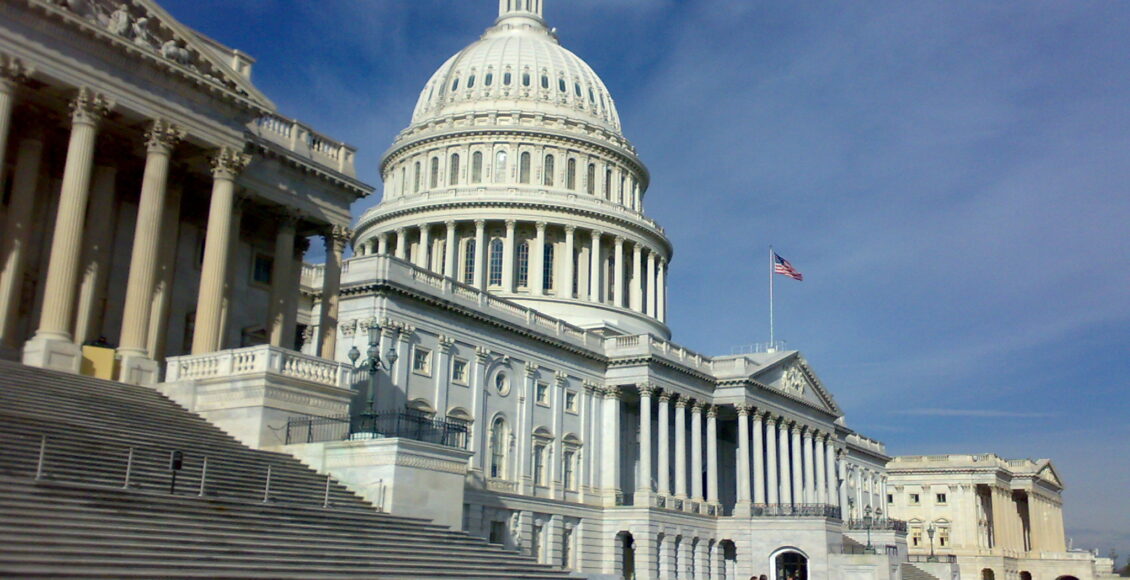Trump vs. Harris on Fiscal Policy

With the 2024 election only days away and the presidential race neck and neck, Vice President Kamala Harris and former President Donald are trying to make inroads with undecided voters. As many Americans are still feeling the effects of the 2021-22 bout of inflation, the economy is seen as a critical topic, with 28 per cent of Americans citing it as their most important issue. Both Trump and Harris are marketing their policies as the solution to the United States’ recent woes.
The candidates present drastically different approaches to managing the American economy. Trump aims to bring manufacturing jobs back to the States by cutting the corporate tax rate and implementing wide-ranging tariffs. Harris aims to help the middle class cut taxes for the lower third of Americans in terms of income, building more housing, and going after price gouging.
While the Trump campaign has not released a specific economic policy plan, he has stated that if elected, he would extend the 2018 Tax Cuts and Jobs Act, and would drop the corporate tax rate from 35 to 21 per cent. Trump would also further decrease the corporate tax rate for domestic manufacturers to 15 per cent. The Trump administration claims it would offset the $400 billion USD price tag by levying 20 per cent tariffs on all imported goods, which would rise to 60 per cent for Chinese goods. Trump aims to offer manufacturers the carrot and the stick by charging prohibitive taxes on importers and giving favourable treatment to domestic manufacturers.
Many experts question the efficacy of Trump’s proposals, arguing that tariffs are paid for by the American consumer, not the foreign manufacturer. It is estimated that Trump’s proposed tariffs would cost households $2,600 USD annually by raising prices. Trump offers a regressive tax scheme the involves cutting taxes for the rich and letting corporations keep more of their profits.
Compared to Trump’s widespread tax overhaul, Harris proposes specific regulations targeting industries most consequential to Americans. Some of Harris’s policies include expanding tax cuts for lower-class Americans, consumer protection, and continuing with Biden administration investments in American business. Harris would reinstate the refundable $3,600 USD Child Tax Credit with a new expansion to $6,000 USD for the first year of a child’s life. Harris also supports cutting taxes for Americans through the earned income tax credit, which increases the take-home pay of workers most likely struggling with making rent and buying food.
Harris would use Medicare to negotiate drug prices just as Biden did, for example, by capping insulin prices at $35 USD for seniors. Harris also promises to extend Medicare protections for lower prescription drug prices and plans to institute a $2000 USD out-of-pocket cap to all American insurance plans.
Harris says she’ll use the power of the executive to protect consumers at the grocery store by blocking mergers and acquisitions that give corporations too much market power, raising prices in the aisle. The Harris administration also plans to use the Federal Trade Commission and Department of Justice to investigate anti-consumer food and grocery industry practices, such as price fixing.
A Harris administration would also increase the startup expense deduction to $50,000 USD from the $5,000 it is now. This would be offset by increasing the capital gains tax to 28% from the 21% it is now. While Harris proposes a more progressive tax plan than Trump, the increased taxes on top earners and corporations could lead to decreased economic growth, and increasing the buying power of low-income Americans may spur inflation.
A recent Times/Inquirer/Sienna poll in Pennsylvania, the most likely tipping-point state, found Trump had an 11-point lead on the economy over Harris.
Featured Image: “US Congress by Bjoertvedt is licensed under CC BY-SA 3.0”
Edited by Idan Miller
